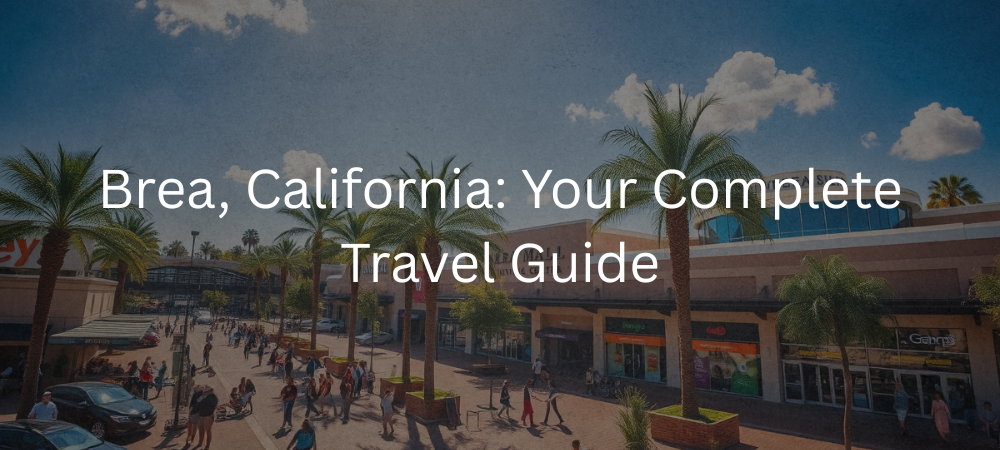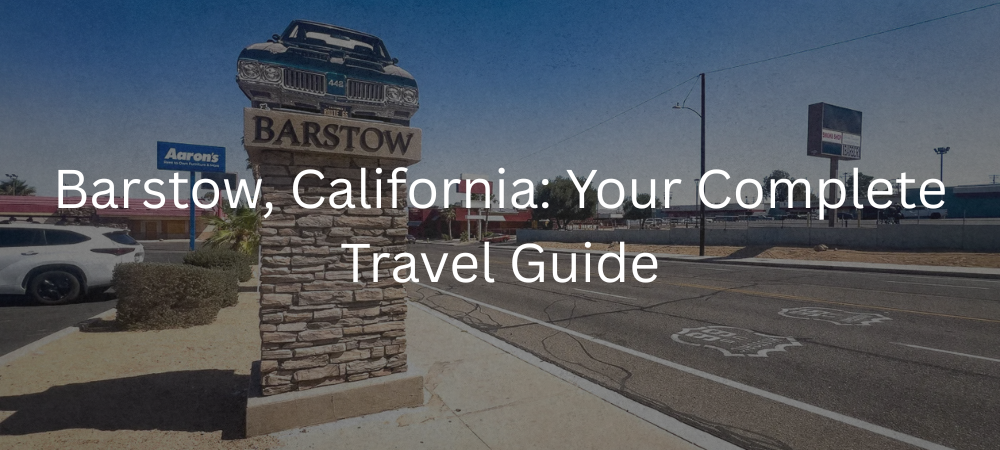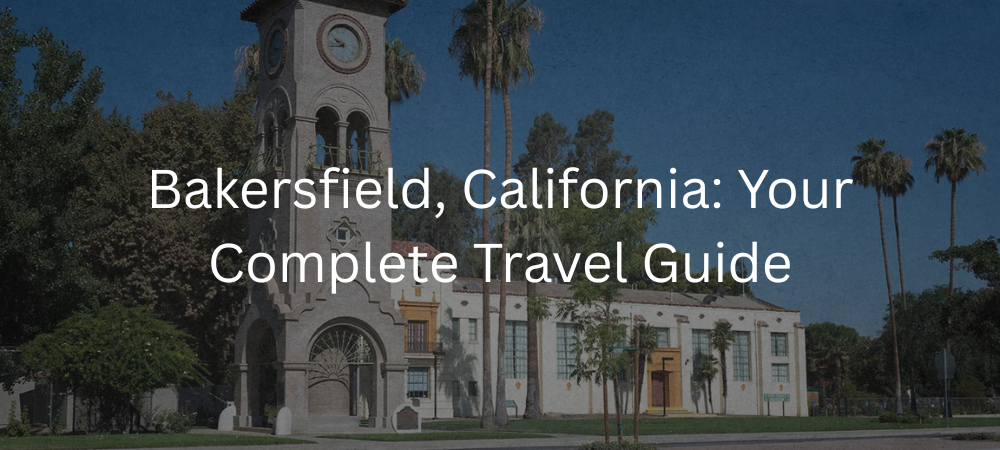The Bodyweight Pistol Squat is a challenging lower body exercise that targets leg strength, balance, and mobility. It’s a unilateral movement that works one leg at a time and demands a high degree of stability and flexibility. This exercise is often considered an advanced bodyweight exercise, as it requires significant strength in the quadriceps, hamstrings, glutes, and the stabilizing muscles of the ankle and knee. In this comprehensive guide, we will explore the technique, benefits, and alternatives to the Bodyweight Pistol Squat.
Instructions for Bodyweight Pistol Squat
Setup:
- Position: Begin by standing on a flat surface with your feet hip-width apart and your arms extended in front of you.
Execution:
- Balancing Leg: Shift your weight onto one leg while keeping the other leg extended in front of you. Keep your core engaged for stability.
- Descent: Slowly lower your body by bending at the hip, knee, and ankle of the balancing leg. As you descend, extend your free leg straight forward while keeping it parallel to the ground.
- Depth: Continue descending until your thigh on the balancing leg is parallel to the ground or as low as your mobility allows. Keep your chest up and your back straight throughout the movement.
- Ascent: Push through the heel of your balancing leg to rise back up to the starting position. Keep your arms extended in front of you for balance.
- Repeat: Perform the desired number of repetitions on one leg before switching to the other leg.
Tips:
- Maintain a neutral spine by keeping your back straight and your chest up.
- Focus on a spot in front of you to help with balance during the exercise.
- Keep your free leg extended and parallel to the ground throughout the movement.
- Use controlled and deliberate motions, especially during the descent and ascent phases.
- Start with a support, such as a chair or TRX straps, to assist with balance and stability if needed.
Benefits of Bodyweight Pistol Squat
- Leg Strength: The Bodyweight Pistol Squat is highly effective for building strength in the quadriceps, hamstrings, and glutes of the working leg.
- Balance and Coordination: This exercise challenges your balance and coordination, enhancing your overall stability, which is beneficial for various physical activities.
- Functional Movement: It mimics functional movements such as getting up from a seated position or ascending from a kneeling position, making it a valuable exercise for daily activities.
- Core Activation: To maintain balance during the pistol squat, your core muscles, including the abdominals and lower back, are engaged, promoting core strength.
- Ankle Mobility: The exercise can help improve ankle mobility, contributing to better flexibility and range of motion in the lower body.
- Single-Leg Strength: By focusing on one leg at a time, the Bodyweight Pistol Squat helps identify and address strength imbalances between the legs.
Alternatives for Bodyweight Pistol Squat
If you find the Bodyweight Pistol Squat too challenging or you want to vary your lower body training, there are alternative exercises that target similar muscle groups and offer different benefits:
- Kettlebell Pistol Squat: This variation of the pistol squat adds resistance by holding a kettlebell with both hands in front of you while performing the movement.
- Goblet Squat: Hold a kettlebell or dumbbell close to your chest with both hands while performing squats. This exercise is less challenging for balance but still targets the lower body effectively.
- Split Squat: Stand with one foot forward and the other foot extended backward. Lower your body by bending both knees, keeping your torso upright. This exercise emphasizes single-leg strength and stability.
- Bulgarian Split Squat: Stand facing away from a bench or step, with one foot resting on it. Lower your body by bending the knee of the elevated leg while the other foot remains on the ground. It targets the quadriceps, hamstrings, and glutes.
- Step-Ups: Use a bench or sturdy platform to step up and down with one leg at a time. This exercise enhances lower body strength and stability.
- Lunges: Forward, reverse, or lateral lunges target the lower body muscles and also work on balance and coordination.
- Deadlifts: Traditional barbell or kettlebell deadlifts are excellent compound exercises that target the hamstrings, glutes, and lower back.
- Squat Variations: Include various squat variations like the front squat, back squat, or overhead squat in your routine to work on lower body strength from different angles.
Incorporating a variety of lower body exercises into your training routine can help you achieve well-rounded leg strength, stability, and mobility. Depending on your goals and preferences, you can rotate through these exercises to keep your workouts challenging and effective.
In conclusion, the Bodyweight Pistol Squat is a demanding exercise that targets lower body strength, balance, and coordination. When performed with proper form and controlled movements, it can be a valuable addition to your lower body training program. If you’re new to this exercise or have specific fitness goals, consider consulting with a fitness professional or personal trainer for guidance and a customized workout plan.








